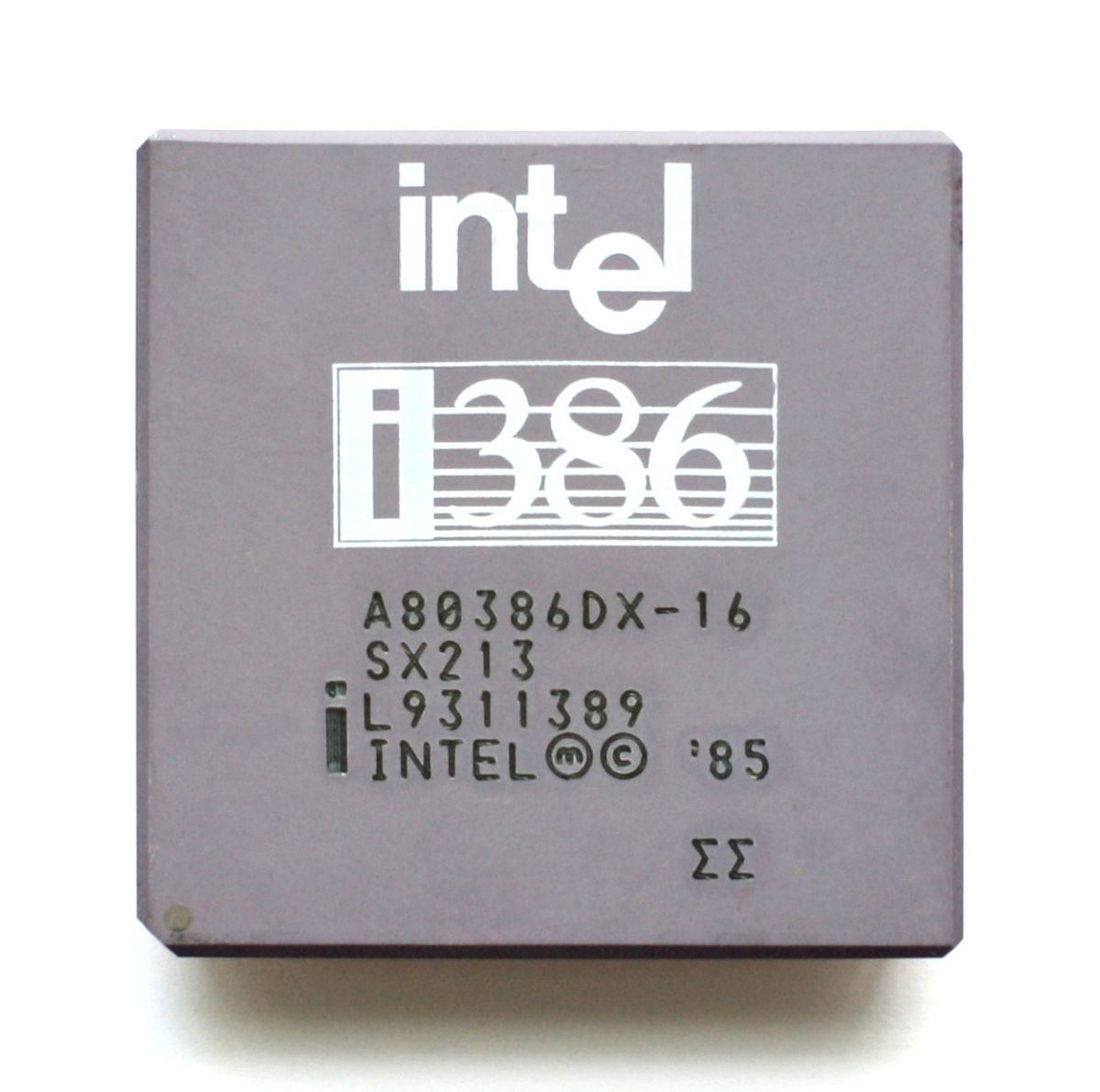Hi all, recently I acquired a number of 1kg tubs of Cafetto evo cleaner on sale. I figured since Breville/Sage backflush tablets are the 1.5g Cafetto variety (see photos), I can probably safely replace them with Cafetto powder.
Now, the powder comes with a little scoop. Each scoop of powder is about 3-4g of powder, so a lot more than a standard Breville 1.5g Cafetto tablet (see photo for dimensions of said tablets).
According to the instructions, I need a scoop of powder for each cleaning cycle. That’s at least 2x more mass than a Breville tablet. I wonder why that is…
Is the powder less concentrated than the Breville tablets? Maybe it’s the “evo” brand (certified organic) vs. the regular brand (organic version is “weaker” somehow)?
Or is it likely that the powder instructions are “universal”/generic and apply to all machines, from a tiny Bambino to big ass commercial units?
Most importantly, do you think it’s safe to use “too much” powder (i.e. one full scoop as per directions on the tub)? When I used the 1.5g Breville tablets with my machine, it took 2 cleaning cycles back to back to fully dissolve it, so I worry that if I run the cycle with 4g of powder, it’s gonna take forever to dissolve…
If there’s anyone here using Cafetto, Cafiza or similar powders with their Breville/Sage machine, please let me know your routine (how much powder by weight) and if you do anything else.
P.S. my machine comes with a blind portafilter rubber disc with no hole, so there’s no concern with the powder “squirting out” prematurely through the portafilter.
I appreciate your expertise and feedback on this one. Thanks in advance!!


You can find the general compositions of the powders and tablets from the safety data sheets here: https://www.cafetto.com/safety-data-sheets
I managed to find a Breville SDS to compare (https://s3-ap-southeast-2.amazonaws.com/wc-prod-pim/Asset_Documents/Breville Eco Coffee Residue Cleaning Tablet SDS.pdf)
But from what I’ve seen, they’re all pretty much the same - Washing soda and an oxygen bleach (some brands add surfactants).
If you did it by approximate weight you’d be fine. But double dose probably wouldn’t make a difference either (the ingredients are easily dissolved).
I’d suspect the tablets contain a binder that might make them slower to dissolve.
If you want to get experimental, couch a spoon in one glass and a tablet in another and fill hald with hot water and see how long they take to dissolve.
I’m curious, but probably wouldn’t be curious enough to do it. I’d just Chuck in the scoop and give it a wash cycle and maybe an additional rinse (wash without powder) until the final rinse water from the clean cycle looks clear and tastes ok.
After a rinse or two I can’t imagine it’d be concentrated enough to case an issue from a tiny taste test (but I’m not a doctor, you do you).
Thanks for the comprehensive response! Much appreciated!
Looks like I’m overthinking it…
Yeah you are a bit but manufacturers do like to ham up the warnings, so it’s understandable.
I wouldn’t stress. They’re all so similar. The variations will need mostly proprietary differentiation nonsense.
The sodium carbonate might attack copper and aluminium at moderate concentrations. I suspect the concentration would be enough to do mild damage if you left it a long time (ever run an aluminium pot, ice cream scoop or kitchen gadget through a dishwasher? You get that crazed grey look). But the chemicals and the duration of the cleaning cycle wouldn’t give it enough time to do meaningful damage.
From a heath angle, the cleaning agents in these tablets are also reasonably mild (in the scheme of things). Probably better to err in the side of no serious chemical burns to customers’ throats (in case the cleaning cycle goes wrong). Sodium carbonate (washing soda) and sodium percarbonate are generally mild irritants - best if you don’t stick your eyeballs on genitals in a concentrate solution.
But they’re not particularly nasty compared to things like dishwasher tablets.
You’d detect the taste before you’d have issues.